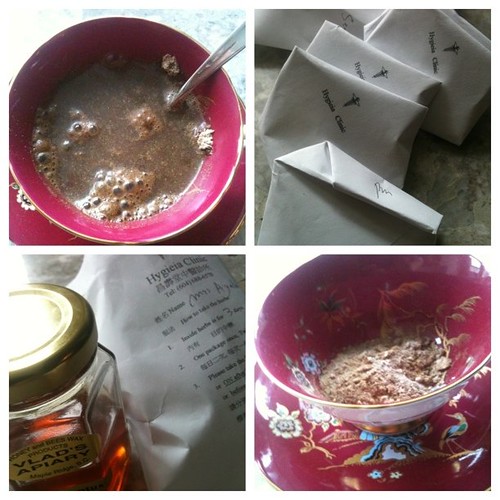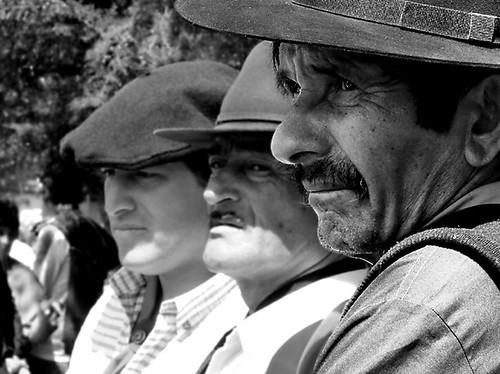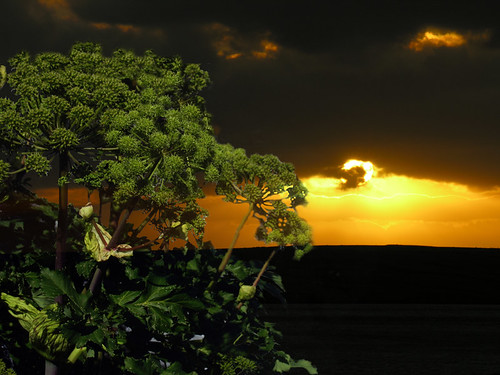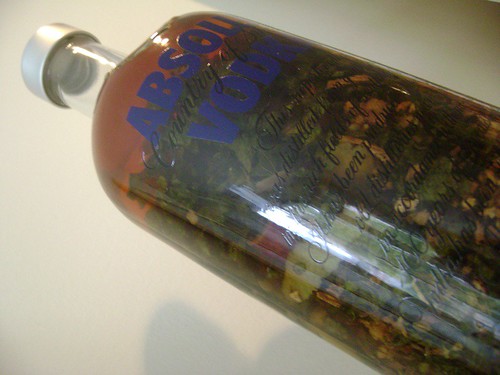Chinese Herbs and Amber
Well well, I will spare you the details on why I ended up at my TCM clinic again today (nothing major, but necessary enough to submit my entire body to 12 needles for an hour without movement...while meditating about the strange connectedness of the body. It's not so philosophical - the moment you move as much as a millimeter of the right wrist, for instance, you feel an unbearable pinch in the left leg...).
Anyway, while anticipating the spontaneous visit, I was reminiscing fondly over the scent of angelica that permeates the TCM's office upon entry. Bitter, pungent yet somehow comforting.
I delightfully worn a perfume that I made inspired pretty much by my original painful odyssey at the TCM back in 2009. It's fascinating how good things come out of really terrible, painful (and even tragic) events in our life. I was able to sweeten my medicine, so to speak, not with honey but with amber. And those good things usually have more depth, mystery, intrigue and realness to them. Probably because they stemmed from more than just a pretty idea or a fantasy. They were earned with blood, sweat and tears...
I'm typing this while still gagging on the potion you see in the photo (even though with the honey it's not nearly as bad as I had to take it - straight - back in 2009). But in my memory is still ingrained the odyssey and how it really saved my back (and my life) at the time.
So, you probably want to hear no more about these herbs, and are slightly curious about the perfume I'm wearing today... It's not really a perfume, yet. It's an amber accord, which I created very much as a result of my exposure to these crazily effective, angelica-and-dust tasting bitter herbs. It has the smokiness of don quai (Angelica chinensis - aka Chinese angelica), with a bit of celery-like tones of lovage. Both very dark. And it's sweetly comforting like any amber should be - honeyed, soothing, soft and warming.
I love wearing it on its own. But I've also treated it as an amber base in other perfumes I'm working on. And like so many of my perfumes, it takes years to really refine an idea or develop it. Not to mention that one could and should only release so many perfumes in one year... So it will take time before anyone will be allowed to smell it (unless you come visit me in the studio in person, that is!). I love working on projects like that at their own pace, and with their process unique to them. Unrushed, authentic, yet with some kind of perspective (being reviewed and reworked years after the moment of inspiration is sometimes an advantage!). It's just how it should be.







